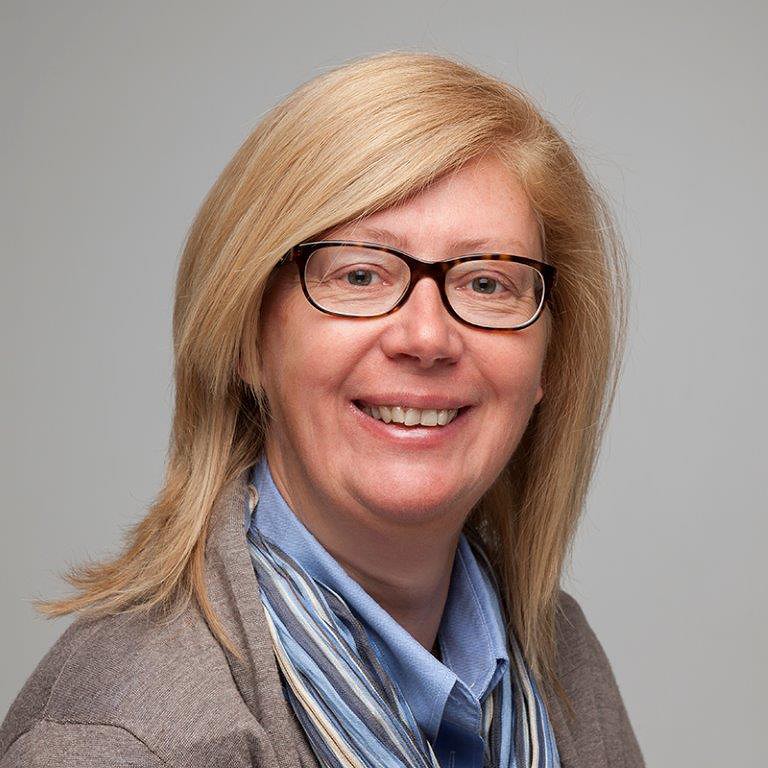
Date of birth: 28th of September 1963
How did you become passionate about nature photography?
I was fortunate to travel a lot in my life. Every time I’ve traveled, I was amazed by the beauty of our planet. What was always appealing to me and for what I’m still grateful to this day is that you can get very close to wild animals as a small human being. Capturing all this beauty that I saw on camera has exceedingly developed my passion.
What do you take with you on a photo shoot?
That depends on the area where I’m going and what I will be shooting. It can be a macro lens with a reflection screen, or, and this is usually the case, I work with 2 DSLR cameras. One with a 500mm lens and the other with a 100-400mm zoom lens. Additionally, there is always a standard lens and a wide angle lens in my backpack as well as sufficient memory cards. I mostly use the 500mm lens though. Obviously I use a steady tripod, bean bag or a car window mounting device. Sometimes I use a 1.4 converter on my tele lens. The subject might be so nearby that a zoom lens provides more possibilities. I use grey ND filters or polarizing filters as well, depending on the subject I’m photographing.
What subject do you prefer to photograph and why?
I prefer to photograph all kinds of animals. I always photograph them in the wild, if not, I will mention it. Because I’m a member of BVNF, I must abide to the established code of conduct. In other words, I can not put anything in scene or manipulate pictures. Nest photography is not allowed. All of this happens with the goal of disturbing nature as little as possible. Keeping this in mind makes for a new challenge every time I take pictures. Unlike other branches of photography where you have multiple chances or you can adjust lightning in a studio, in nature you often have only one chance to take your shot. For me, the challenge is very important, every time again, it is what makes it fascinating. Sometimes I’m asked if shooting in the same countries over and over again doesn’t make it monotonous, but that is never the case because you can always photograph different subjects and the conditions are never the same.
What is your favorite nature preserve?
I have to admit that I rarely take pictures in Belgium. But one of my favorite areas is the Zwin. It’s just a pity that the opening hours are not favorable for photographing when the light is at its best. In winter it happens that I’m taking pictures in the Uitkerkse polder. My favorite areas can be found anywhere in the world where I’m able to photograph subjects in wild nature. I do have one exception and that is Africa, which is a continent with so much wealth when it comes to wild nature. One place is not the other and some areas provide more options. Often nature in our country must give in for concrete and that is not a good development for our natural environment.
What is your favorite shooting position?
That depends on the subject but a low angle often offers more original images.
Which nature photographer do you admire?
I have a lot of respect for Danny Green, he’s a nature photographer pur sang. Another fantastic photographer I look up to is Paul Nicklen. Even then, I can name more nature photographers whom I admire, every nature photographer has his own style and his own preferred areas and subjects.
What quality must a nature photographer absolutely have?
As a nature photographer you need lots of patience as well as passion. Without passion you can not muster the patience. It is also important to know your subject, it gives you a head start when photographing. Sometimes you can take the picture in one second and on other days you will be waiting for several hours before you can take the shot you have in mind.
Which light situation do you prefer?
The best light is at sunrise and sunset, that is called the golden hour. I also like to photograph lightning, that is a challenge that I enjoy.
Which setting do you prefer: Manual-Aperture Priority-Shutter Priority?
Depending on the circumstances and the subject. Usually I use aperture priority or the manual settings. When I am photographing lightning, I use shutter priority.
In percentage terms how much time do you take to create an image and to process the image?
That is a difficult question, what I always strive for is that the pictures that I take in the field are as perfect as possible. I process pictures as little as possible but I always shoot in RAW so I have to develop them. I do remove any dust spots and if needed I crop the image. Recently I published a book together with two other photographers and it took a lot of time to select all images and to choose the right format and color profile needed for the printing of the book.
Which processing program do you use?
Photoshop and Lightroom. I use Lightroom for cataloging images and some adjustments but I like to work with Photoshop as well. Depending on what needs to be done, one is better than the other.
Do you have any advice for future nature photographers?
Think very carefully where your passion lies and then choose the material you wish to purchase. A good lens is essential but so is a good camera. Immerse yourself in your subject, that way you will get more opportunities. Never give up and always try to see taking better pictures as a new challenge, regardless of the circumstances. You can only grow if you always raise the bar. And as for nature photography: “Always be prepared”.
You can find out more about Pia Dierickx on her website: http://www.nature-photography.be/